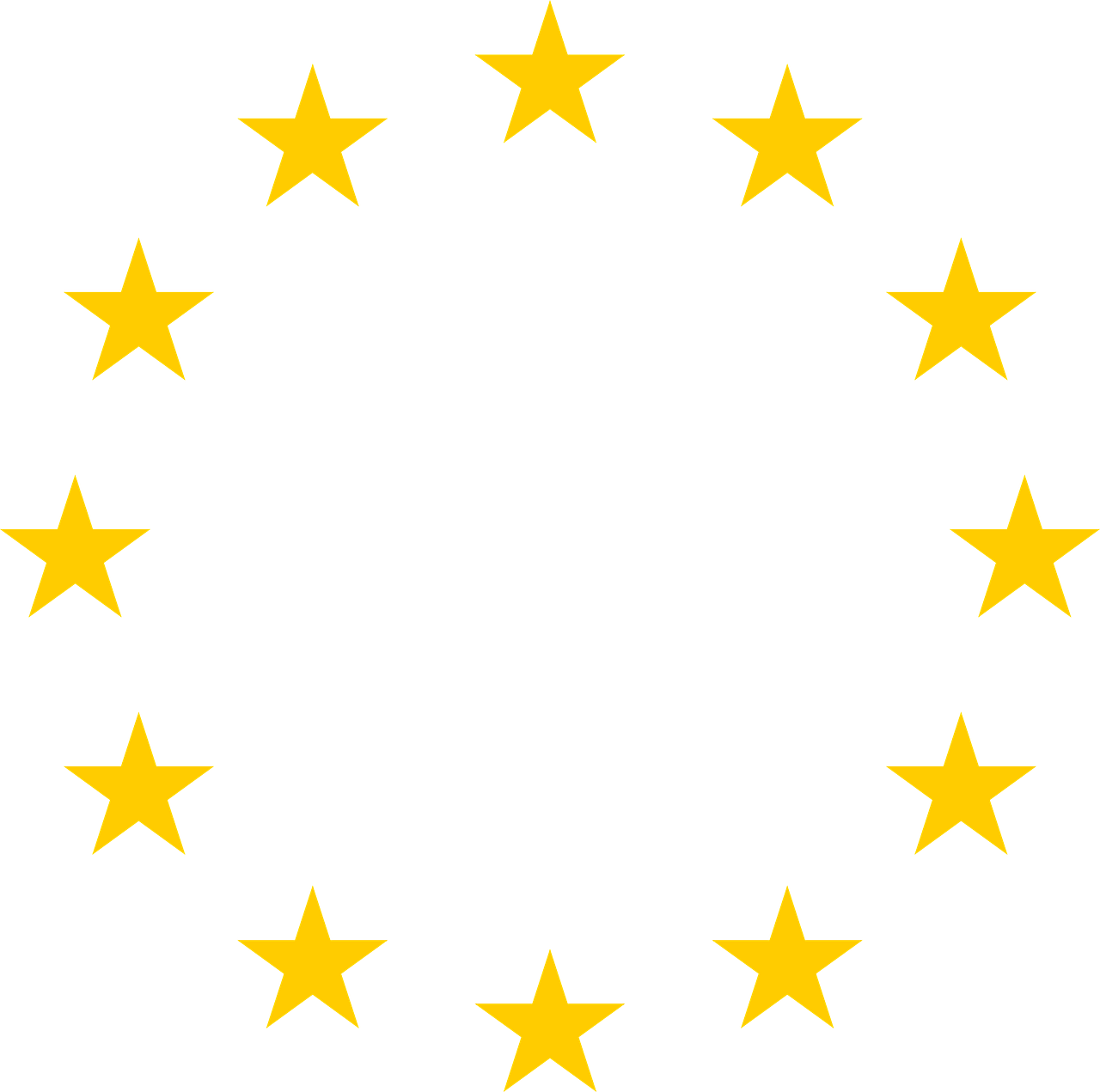Renewable Energy Directive
The Renewable Energy Directive 2018/2001 (RED II) sets sustainability criteria for biomass as a feedstock for the production of bio-based fuels and combustibles.
A major innovation of RED II is the extension to forestry biomass, as well as to gaseous and solid biomass fuels for the production of electricity and heat. Thus, all types of bioenergy sources are now included and no longer only liquid biofuels and biofuels as in RED I before.
RED II therefore now applies to solid as well as liquid and gaseous biomass and includes certain sustainability requirements. Thus, not only biofuel plants, but now also bioenergy plants that generate electricity, heat or cooling above a certain total rated thermal input must demonstrate sustainable production of their biomass feedstock. This includes biogas plants with a total rated thermal input of 2 MW or more, as well as biomass power plants with a total rated thermal input of 20 MW or more.
According to the new RED II, business interfaces are obliged to provide verifiable and traceable evidence of their respective procurement and production processes and the associated supply chain from the cultivation of the biomass to its conversion into electricity and heat generation plants (so-called conversion).
EU recognized certification systems
Certification systems recognized by the EU Commission are used to map the sustainability criteria. These EU-recognized certification systems establish dedicated test procedures and test regulations, which in turn must be applied by accredited certification bodies in order to test the relevant interfaces (plants or operating units).
In the case of certification, the respective system requirements for the generation processes of the input materials and for the conversion into the final products (electricity, heat, fuels) are checked and whether the respective required proofs are available and plausible as well as completely implemented, e.g. (certificates of the input materials, mass balances of the input and output quantities).
RED II Information
The RED II aims to increase the share of renewable energies to 32 % within the EU by 2030. The European Renewable Energy Directive must be transposed into national law in each EU member state.
The previous RED directive defined sustainability and greenhouse gas emission criteria for liquid biofuels. With the new RED II Directive, additional sustainability criteria for forestry raw materials as well as GHG criteria (default values) for solid and gaseous biomass fuels have been introduced. The EU Commission will regularly revise and update these default values for GHG emissions. The intended users (certification participants) have the option of either using the default GHG intensity values specified in RED II or calculating the actual values of their respective feedstocks and processes individually.
Default GHG emission values and calculation rules are included in Annex V (for liquid biofuels) and Annex VI (for solid and gaseous biomass for electricity and heat production) of RED II.
Biofuels are an important contribution to the EU's greenhouse gas emission reduction targets, but biofuel production typically occurs on cropland that may have previously been used for other agricultural purposes, such as growing food or feed.
Because this agricultural production is still necessary, it can lead to expansion of agricultural land onto noncropland, possibly including areas with high carbon stocks such as forests, wetlands, and peatlands. This process is called indirect land use change (ILUC).
Because this can result in the release of CO2 stored in trees and soils, there is a risk that indirect land-use change will offset greenhouse gas savings that result from increases in biofuels.
The annexes set limits for biofuels with high ILUC risk, bioliquids, and biomass fuels grown on significant amounts of high-carbon land. These limits will affect the amount of these fuels that member states can count toward their national targets when calculating the overall national share of renewable energy and the share of renewable energy in transport

Umweltgutachterorganisation
Technische Überwachungsorganisation
Zertifizierungen und Umweltgutachten
BLE-Registriernummer DE-B-BLE-BM-ZSt-161

